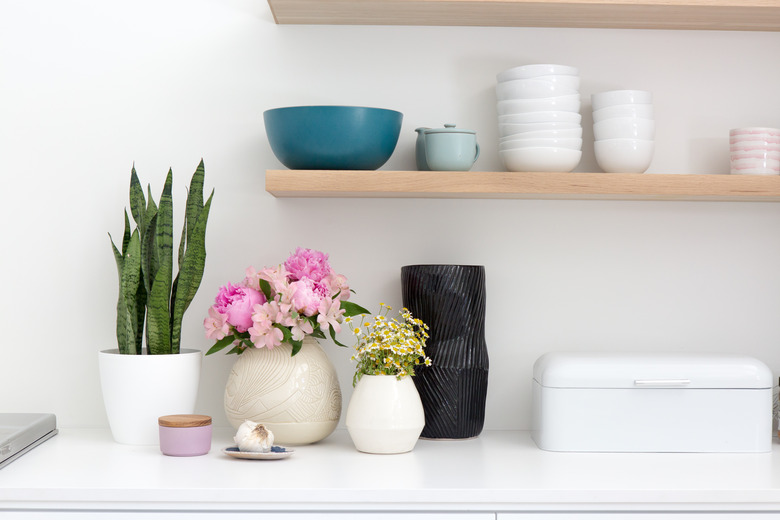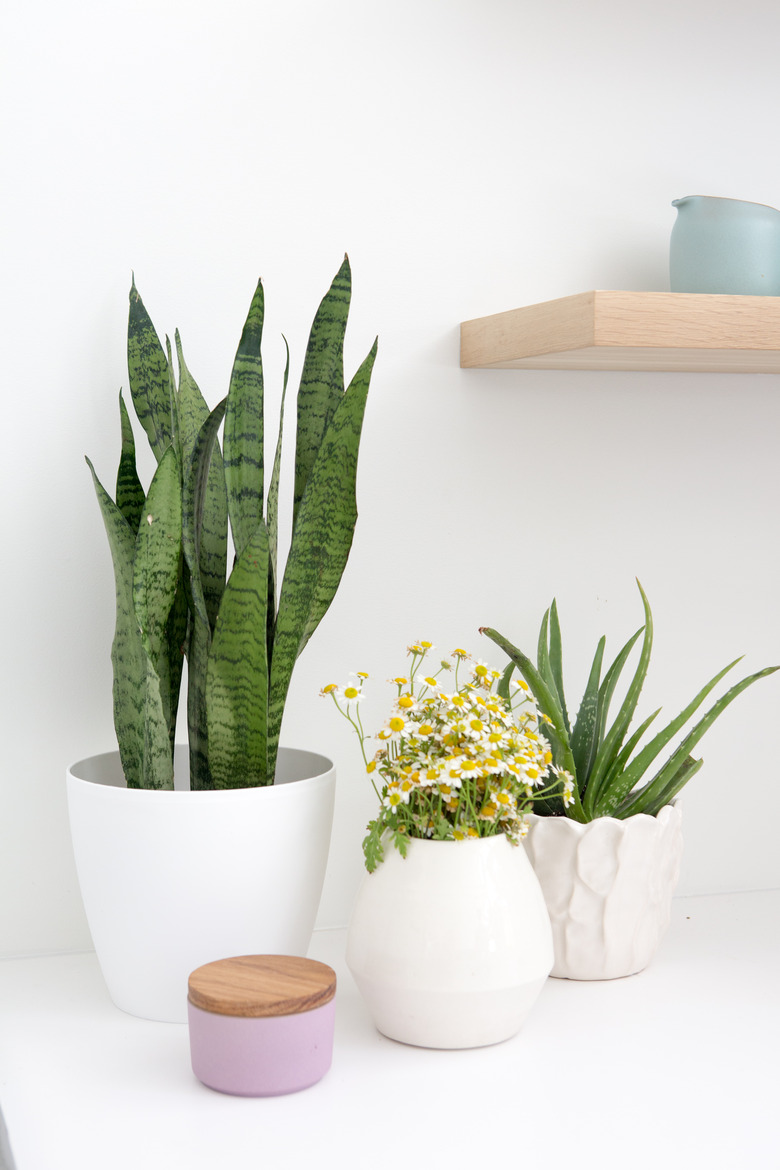How To Care For A Sansevieria Plant
The sansevieria plant, also known as snake plant and mother-in-law tongue, is the perfect houseplant, particularly for those of you with a brown thumb. **It's tough, durable, and highly tolerant of low light and poor soil conditions.** The tall, narrow, sturdy leaves are stiff and pointed, and some species send up delicate flower spikes. Sanseviera is a heat-loving plant, and thrives best at 55 to 75 degrees F. It will not tolerate cold or frost, and is only suitable for outdoor growing in USDA zone 10+.
Where to Place Your Pot
Position your potted sansevieria in a warm spot indoors, in the best light available. Although it enjoys bright, indirect light, it will certainly tolerate very low lighting, if necessary. Also, since this plant has sharp-tipped leaves, choose a location where it will be out of the way and nobody is likely to be injured by it.
When to Water
Water sparingly no more than once or twice per week, or your sansevieria plant will rot. Allow it to dry out completely between waterings. **Water only once or twice during the winter months.** The sansevieria will offer its own critique on your watering habits. Leaves will wrinkle up and lean or droop when the plant lacks adequate water, and permanent root damage will occur from repeated, prolonged periods of drought-like conditions. Too much water will cause the leaves to turn into a slimy mess. If you notice leaves beginning to soften or appear greasy, pull them out immediately.
When to Add Extra Soil
Each time the plant grows another two to three inches taller, add about a half inch of soil to the pot. This will help provide support for the tall leaves.
When to Trim
Prune leaves from the plant only if they fall over. Don't try to stake them back up, as they are now bent and damaged. Simply cut them off at soil level as necessary.
When to Fertilize
Fertilize with a half-strength, 20-20-20, low-nitrogen cactus food once every month. The sansevieria requires very little in the way of fertilizer.
When to Re-Pot
Move the snake plant up to the next size clay pot annually. Clay pots are best because they're heavy, and serve to balance the top-heavy plants. This is very important, as these plants have been known to break pots when severely overcrowded.

